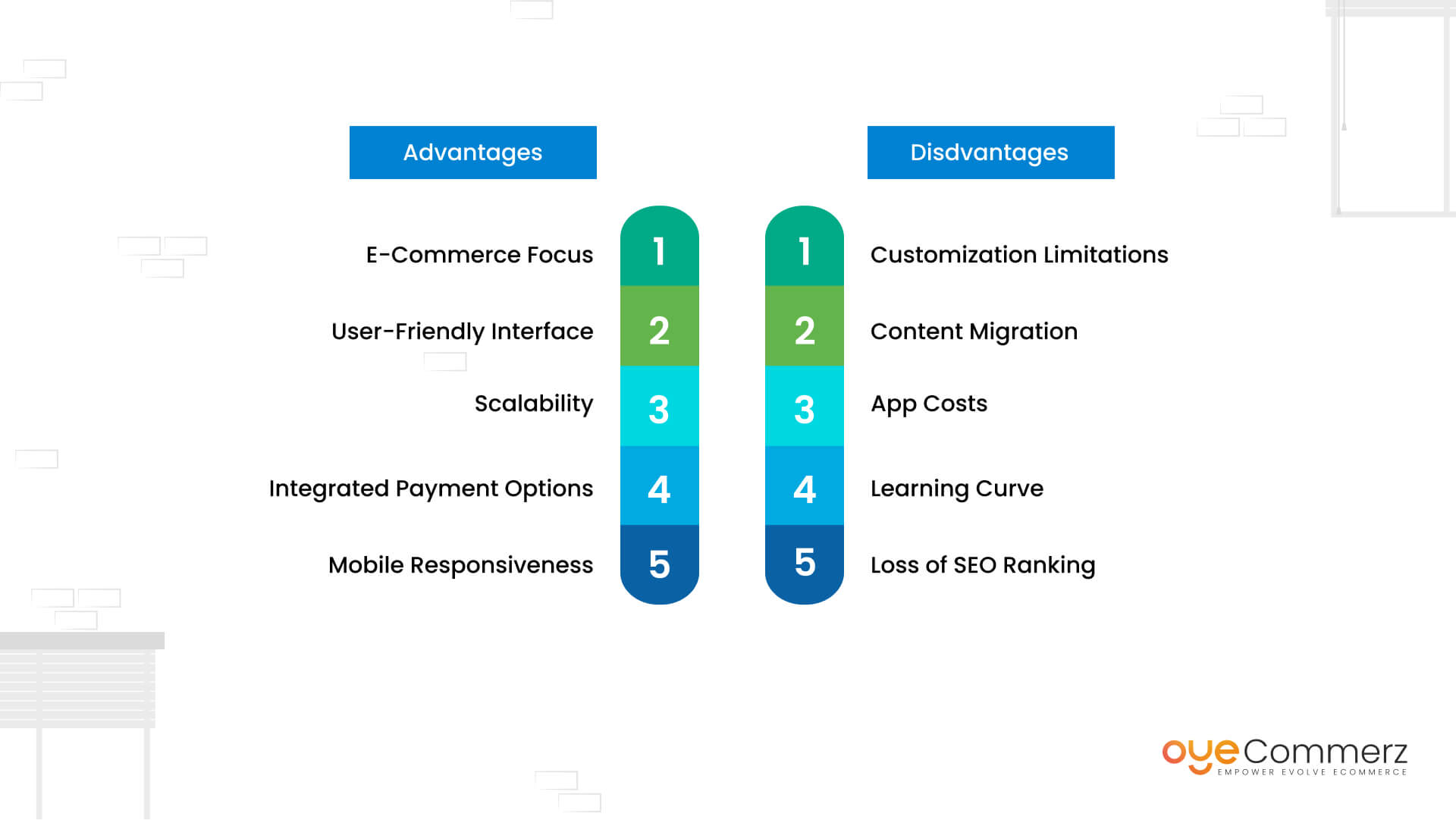Shifting from WordPress to Shopify marks an exciting step toward optimizing your e-commerce operations. As companies grow, selecting a platform that aligns with scalability, UX, and flexibility is essential. Shopify is widely recognized as a favorite for online merchants, offering superior adaptability, data protection, and user-friendliness. In this guide, we will delve into the transformative impact of this migration, discuss the advantages, and share actionable steps to ensure a seamless move.
1. Top Reasons to Transition from WP to Shopify
The combination of WordPress and WooCommerce, has served countless e-commerce platforms. Nevertheless, as companies expand, issues like reliance on plugins, security vulnerabilities, and technical complexities can hinder progress. Shopify, designed explicitly for e-commerce, eliminates these issues with an all-in-one, user-friendly platform. Real data supports this shift—Shopify powers over 4.4 million websites globally, with a reported 10% increase in sales performance for numerous merchants post-switch.
2. Key Benefits of Shopify for E-commerce Success
Shopify’s powerful platform caters for expanding brands. Its standout features include:
- Seamless Customization: Shopify offers over 80 expertly crafted themes.
- Integrated Tools: Features like Shopify Payments and integrated SEO save time and effort.
- Global Reach: Currency versatility and localization features empower brands to expand internationally.
Additionally, Shopify boasts an availability percentage of 99.98%, guaranteeing your store is always operational.
3. Getting Ready for Your WP-to-Shopify Transition
Before migrating, evaluate your existing setup. Analyze product data, client information, and search engine rankings. Tools like Shopify’s Migration Kit or third-party solutions can simplify this process. Develop a detailed strategy, making sure all resources—item details, images, and articles—are optimized for transfer.
4. The Importance of Accurate Data Migration
Data migration is a cornerstone of a smooth platform switch. When migrating from WP to Shopify, prioritize:
- Inventory Details: SKU, item summaries, and categories.
- Client Information: Emails, order history, Expert Shopify developers and preferences.
- Search Engine Considerations: Retain meta tags, URLs, and redirects to maintain search rankings.
Leverage tools such as LitExtension to facilitate seamless migration while reducing mistakes.
5. Tailoring Your Shopify Store to Fit Your Brand
After the move, personalizing your Shopify store helps it reflects your brand. Take advantage of Shopify’s drag-and-drop editor to create layouts with ease. Shopify's themes are mobile-responsive, ensuring a smooth user experience across platforms—a key point, since 74% of online shopping is generated by mobile visitors.
6. How to Protect Your SEO Rankings When Switching Platforms
SEO is vital for maintaining your visibility during migration. Shopify is highly optimized for search engines with organized link formatting, preloaded features, and smooth content management. Ensure:
- Implement 301 redirects for old URLs.
- Optimize new pages with targeted phrases.
- Leverage plugins like Plug in SEO to track analytics after the switch.
7. Post-Migration Testing
Once the migration is complete, conduct thorough testing.
Check: - Page load times (Shopify delivers faster speeds compared to WP).
- Payment integration reliability and transaction flow.
- Adaptability across devices.
Quality assurance guarantees Shopify SEO setup your store delivers a smooth shopping journey from day one.
8. Case Study of a Successful Migration
An example of effective platform switching is Gymshark, a sportswear company that transitioned to Shopify. Post-migration, the company experienced a 60% boost in mobile sales and significantly lowered site downtime. This showcases the potential of Shopify in enhancing online business success.
9. Challenges and Solutions
Migration comes with challenges, such as data integrity and adjusting tailored features. However, Shopify’s extensive assistance and external professionals simplify the process. Collaborating with qualified Shopify developers ensures a smooth transition.
10. Making the Switch: The First Step Toward Success
Switching from WP to Shopify represents a strategic decision to e-commerce. By focusing on growth, streamlining operations, and enhancing the customer experience, Shopify enables companies to succeed in competitive markets.
Final Thoughts
Transitioning from WordPress to Shopify offers a smart solution that can greatly enhance your online business performance. With a well-structured strategy, the right tools, and professional guidance, you can unlock new success milestones.
Ready to make the leap? Reach out today to learn how our Shopify migration services can transform your e-commerce platform. Get in touch today, or ask yourself: Is it time to seize Shopify’s advantages for your store?
